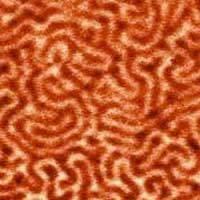
Scientists propose direct magnetic writing of skyrmions, i.e. magnetic quasiparticles, and skyrmion lattices, within which it is possible to encode, transmit, process information, and produce topological patterns with a resolution of less than 100 nanometers.
